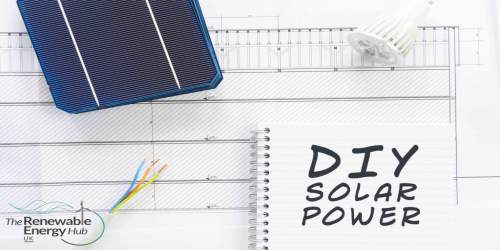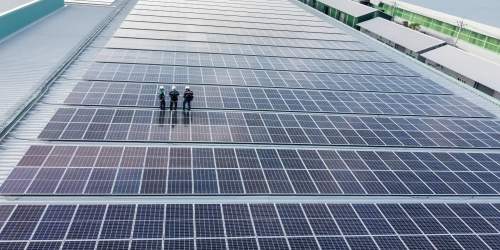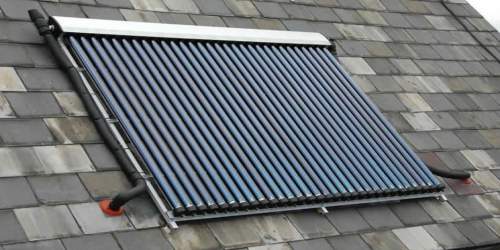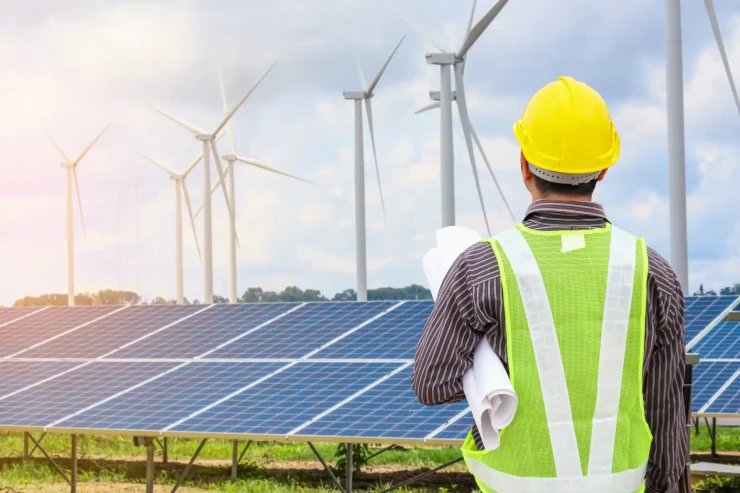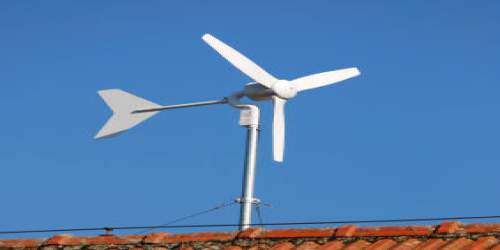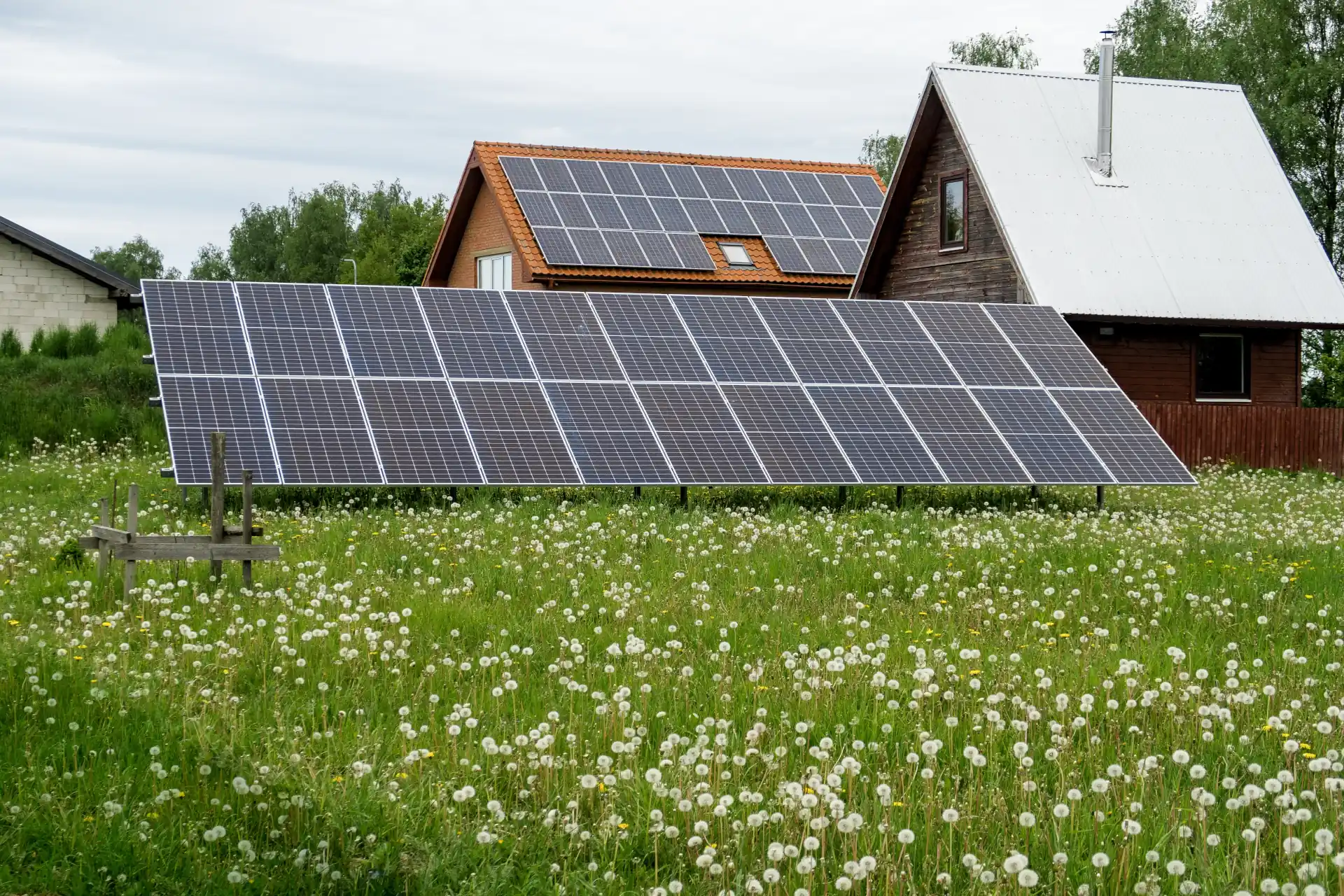
As we transition into a world powered by renewables, there’s one thing you’re going to be hearing a lot more about over the coming decade: batteries.
Why? Because, as solar panels and wind turbines become more and more important in creating electricity for our homes in the UK, we need a reliable way to store the energy they capture.
Right now, our grid delivers power that was generated just moments before. But unfortunately, natural elements like the weather are unpredictable – as we well know, here in the UK! Until wind and solar farms have storage systems that can hold the energy they generate for later use, we’ll sometimes still have to depend on coal and natural gas to meet demand when everyone’s switching their kettles on at the same time.
COMPARE PRICES FROM LOCAL INSTALLERS
Compare prices from local companies fast & free
Enter your postcode to compare quotes from leading professionals. We promise to keep your information Safe & Secure. Privacy Policy
There has never been a better time to invest in battery storage.
Battery storage alone, even without any Solar at all, when combined with an energy Tariff offering a period of low cost electricity, can outperform solar in terms of saving money and in some cases offer a shorter payback period. This opens up this renewable energy technology even to properties which are not conducive to having Solar installed. Having said that, complementing battery storage with Solar as well, as part of a well designed and balanced system could offer the best of both worlds.
As energy Tariffs evolve offering periods of low cost electricity and as solar panels and wind turbines become more and more important in creating electricity, we need a reliable way to store: (i) energy being produced and (ii) when available, low cost energy.
Right now, our grid delivers power that was generated just moments before. But unfortunately, natural elements like the weather are unpredictable – as we well know, here in the UK! There are multiple technologies under development to provide longer term storage of power so that it can be harvested and stored whilst there is surplus and released later in response to peaks in demand. Until that new technology comes online at scale, we still sometimes have to depend on coal and natural gas to meet demand when everyone’s switching their kettles on at the same time.
How can batteries support a greener grid?
Earlier this year, we saw the effects of this problem when the National Grid warned of potential power cuts, due to a combination of generator outages and low winds. A few weeks later, they issued two more electricity margin notices, caused by low supply from wind farms.
The timing of these warnings, right after Boris Johnson backed plans to massively expand the UK’s offshore wind farms, was pounced on by those sceptical of renewable energy. No matter what your views on the future of renewables, it does raise a valid concern: how can we store the energy generated in times of high winds, to use when there’s demand for it? As Jonathan Marshall, of the Energy and Climate Intelligence Unit, put it to The Times, “the rapid transition in Britain’s electricity system is outpacing the changes in governance and regulation needed” in order to get batteries and other storage systems in place. Our dependent relationship with coal, says Marshall, “needn’t be the case”.
The truth is, we have more than enough power to go around from wind farms. For much of this year, the National Grid has been struggling with having too much power during times of low demand. It’s even paid wind farms to switch off at certain points, to help regulate the grid.
Consequently, something interesting and exciting has emerged. There are some energy Tariffs which are provided at market rate and if on such a Tariff, there are some periods of time when you can actually get paid to use electricity (imagine that!), such as to charge your battery, if you have a system which is capable of taking advantage of this unscheduled, erratic, weather driven opportunity.
There exist means to store this energy during periods of excessive power such as via Battery storage which is one of the key components to the mass roll-out of renewables.
So what’s the latest in terms of their development?
Lithium batteries: demystify and clarify
There remains misinformation and partial truth associated with “Lithium” batteries which to dispel and clarify we need to introduce two terms which reflect how the technology has evolved:
1) Lithium-ion
2) Lithium iron phosphate – LiFePO 4
Lithium-ion and Lithium-iron sound the same but the difference is profound. Put simply, the former can be unsafe whereas the latter is inherently safe.
Lithium-ion came first and as with all historic cases where a new technology emerges, it was problematic. There was a wind rush take up of these batteries being used everywhere and they led the charge into larger scale battery storage for electric vehicles.
If you read an article that makes statements such as the following:
• Lithium batteries have been known to explode, due to the volatile flammable chemicals inside them
• Electric Vehicles have exploded because of their Lithium batteries
• Lithium batteries use scarce metals and minerals such as Nickel, Cadmium and Vanadium which are irresponsibly sourced
Such an article can be said to include truthful facts but it is partial and ambiguous (it does not clarify which kind of Lithium battery) information and as such is misleading.
None of the facts above apply to Lithium-iron batteries which is what most (but not all yet) new products are now based on.
Despite this, there remains prolific opinion and contention as to whether Electrical Vehicles are at more at risk of fire than conventional engines. The insurance industry is arguably in the best position to evaluate such risks with regard to calculating insurance premiums. Consider this article which has recent data to show that conventional gas engines (petrol and diesel) are far more likely to catch fire in a collision than an EV:
https://www.autoinsuranceez.com/gas-vs-electric-car-fires/
What are the alternatives to Lithium-ion?
An inherently safe, more effective and efficient alternative is Lithium iron Phosphate (LiFePO 4). This chemistry is not volatile, it can not explode, it does not react to water.
Try to avoid products based Lithium-ion for battery storage. Instead only consider battery storage products based on is Lithium iron Phosphate (LiFePO 4).
What are the alternatives to Lithium ?
Scientists are hard at work looking for battery storage options that don’t use Lithium – and the good news is that there’s been plenty of innovation and discovery in this space in recent years.
This is a rapidly evolving space with too many potentials to mention, as of 2024 a promising contender appears to be Sodium batteries but there is no commercial availability timeframe yet.
In the meantime, Lithium iron Phosphate (LiFePO 4) is the safest and best technology readily available today.
How batteries could help power your eco-friendly home
The role of batteries in the future of renewables isn’t just supporting the grid – they’re set to become a staple feature of eco-conscious homes, too. The International Renewable Energy Agency (IRENA) predicts that the use of home batteries is set to hugely increase by 2030.
Having battery energy storage in your home can help you reduce your carbon footprint in two ways. Firstly, if you’re on an Economy 7 or 10 tariff, it can charge up during off-peak times, helping you to avoid contributing to surges of power during the busier hours. The same applies if you are on a Tariff which provides a window of low cost power (such as those provided for Electric Vehicles).
Secondly, it could provide support to your very own built-in renewable energy system. Thinking of getting solar panels on the roof? Install a home battery, and you can make sure you’re storing all the energy you capture on the sunniest days (so you don’t have to depend on coal when the clouds roll in). As JMP Securities’ Joe Osha recently told CNBC, “residential batteries have gone from being a curiosity to an increasingly common part of a new residential solar installation.”.
As mentioned earlier, even if you do not have a roof to install solar panels on, battery storage alone can offer significant savings if you are on an appropriate Tariff.
A century ago, it would have seemed an unthinkable curiosity that batteries could power laptops, cars, and all the technology that we use them for today. As we steer towards a greener future, it’s clear that in 10 years’ time, it will no longer seem so odd to think they could be powering our homes, too.
OVO Energy are currently trialing home battery storage technology with some of their members in Lincolnshire. Find out more about how OVO are unlocking the amazing potential of home batteries for solar energy storage.
Edits provided by:
Mr John Wood Founder and Director at Volts Waggon Ltd
Find a local installer
Welcome to the biggest directory of UK renewable energy companies



